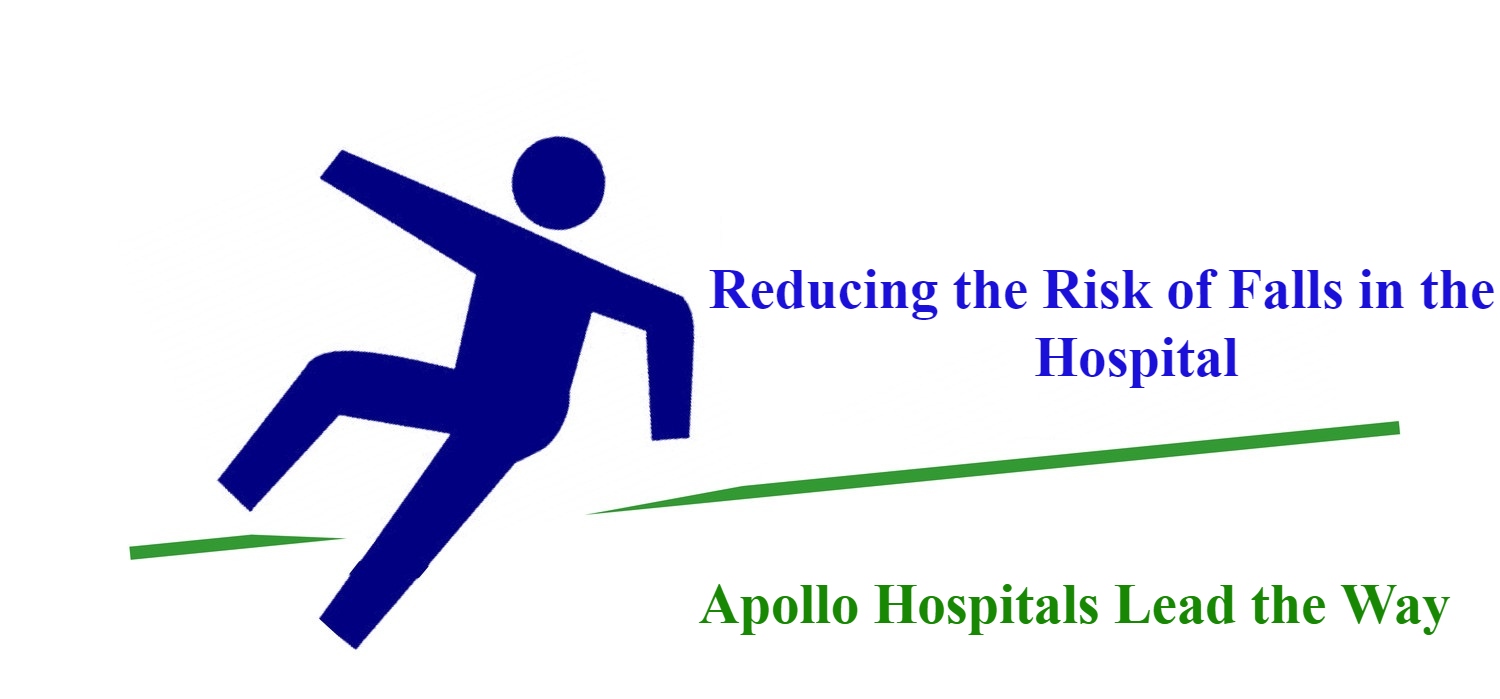Little Known Facts About Dementia Fall Risk.
Dementia Fall Risk - An Overview
Table of ContentsAn Unbiased View of Dementia Fall RiskDementia Fall Risk Fundamentals ExplainedThe 8-Minute Rule for Dementia Fall RiskThe 30-Second Trick For Dementia Fall Risk
An autumn danger evaluation checks to see just how most likely it is that you will certainly fall. It is mainly done for older adults. The evaluation generally consists of: This consists of a series of concerns about your total health and if you have actually had previous drops or issues with balance, standing, and/or strolling. These devices evaluate your strength, balance, and stride (the method you walk).STEADI consists of screening, examining, and treatment. Treatments are suggestions that might decrease your danger of dropping. STEADI includes three actions: you for your risk of falling for your threat aspects that can be improved to try to avoid falls (as an example, balance troubles, damaged vision) to reduce your danger of dropping by using effective methods (for instance, providing education and learning and sources), you may be asked several inquiries consisting of: Have you fallen in the past year? Do you feel unstable when standing or walking? Are you bothered with dropping?, your company will evaluate your stamina, equilibrium, and gait, using the complying with autumn evaluation tools: This test checks your gait.
You'll rest down once more. Your service provider will certainly examine just how lengthy it takes you to do this. If it takes you 12 seconds or more, it may indicate you are at higher danger for a loss. This examination checks stamina and equilibrium. You'll rest in a chair with your arms went across over your breast.
Relocate one foot midway onward, so the instep is touching the large toe of your other foot. Relocate one foot totally in front of the other, so the toes are touching the heel of your other foot.
Things about Dementia Fall Risk
Most drops take place as a result of several adding aspects; therefore, handling the danger of dropping begins with recognizing the factors that add to fall risk - Dementia Fall Risk. A few of the most relevant threat variables consist of: Background of prior fallsChronic medical conditionsAcute illnessImpaired gait and equilibrium, lower extremity weaknessCognitive impairmentChanges in visionCertain risky medications and polypharmacyEnvironmental variables can also enhance the risk for falls, including: Inadequate lightingUneven or damaged flooringWet or slippery floorsMissing or damaged hand rails and get hold of barsDamaged or incorrectly fitted equipment, such as beds, mobility devices, or walkersImproper use assistive devicesInadequate guidance of individuals living in the NF, including those who exhibit hostile behaviorsA successful fall danger management program requires a comprehensive professional evaluation, with input from all members of the interdisciplinary team

The care plan ought to also consist of interventions that are system-based, such as those that promote a secure environment (suitable lighting, handrails, grab bars, etc). The performance of the treatments must be assessed periodically, and the treatment strategy changed as required to mirror modifications in the autumn risk evaluation. Executing a fall threat administration system using evidence-based ideal method can decrease the frequency of falls in the NF, while limiting the possibility for fall-related injuries.
The Definitive Guide to Dementia Fall Risk
The AGS/BGS guideline advises screening all grownups matured 65 years and older for fall risk annually. This testing includes asking individuals whether they have dropped 2 or more times in the past year or looked for medical attention for a loss, or, if they have actually not dropped, whether they really feel unstable when walking.
People that have actually fallen as soon as without injury over at this website needs to have their equilibrium and stride reviewed; those with stride or balance problems must get added analysis. A history of 1 autumn without injury and without stride or balance problems does not warrant more evaluation beyond continued yearly loss risk screening. Dementia Fall Risk. A fall threat assessment is called for as part of the Welcome to Medicare exam

More About Dementia Fall Risk
Documenting a drops history is one of the top quality indications for loss avoidance and management. copyright drugs in certain are independent forecasters of falls.
Postural hypotension can often be eased by lowering the dosage of blood pressurelowering medications and/or stopping drugs that have orthostatic hypotension as a negative effects. Use above-the-knee support pipe and resting with the head of the bed boosted may additionally decrease postural decreases in high blood pressure. The suggested aspects of a fall-focused checkup are displayed in Box 1.

A Pull time higher than or equivalent to 12 seconds suggests high fall risk. Being incapable to stand up from a chair see page of knee elevation without utilizing one's arms shows increased autumn threat.